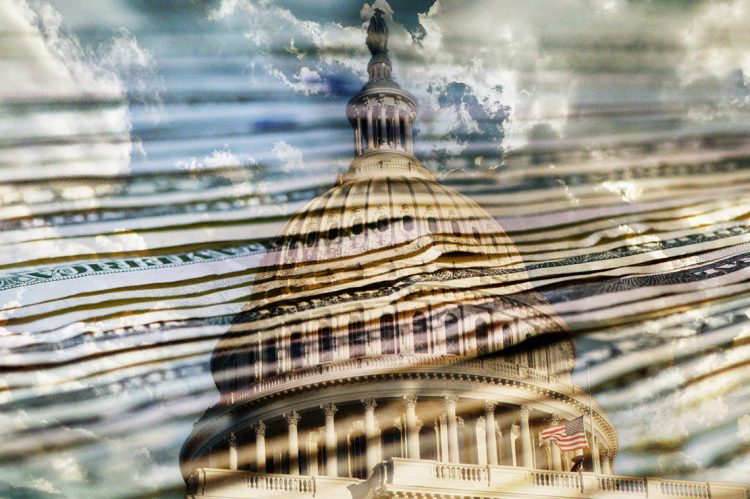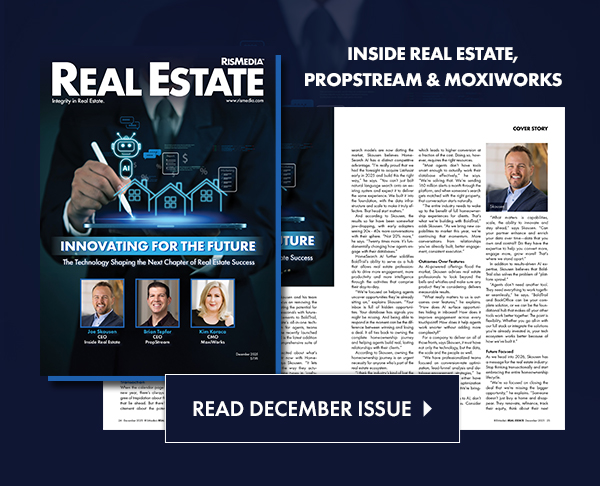Another closely watched Consumer Price Index (CPI) report is providing some mixed signals as uncertainty continues to be the driving theme of a unique post-pandemic economic transition defined by historic increases in the cost of consumer goods.
As overall inflation fell from 8.5% to 8.2%—the second consecutive top-line decrease—core inflation, which excludes more volatile food and energy prices, spiked by 0.6%. This means that more durable items like vehicles, furniture and shelter are continuing to experience upward pressure.
Observers had hoped for a larger decrease following aggressive rate hikes by the Federal Reserve over the summer, and Fed Chair Jerome Powell has repeatedly promised that the central bank will continue to raise rates until there are clear signs inflation is under control—something this latest report does not indicate.
“Consumer prices are still rising too aggressively and will force the Federal Reserve to take an even more hawkish stance to fight them,” said National Association of REALTORS® (NAR) Chief Economist Lawrence Yun in a statement. “A significant contributor to inflation was rapidly rising rents, which rose 6.7% from a year ago—the fastest growth in nearly 40 years.”
The shelter index, which includes both rent and owner-equivalent rent, was up 0.7% in August. Shelter costs have made up about 40% of the overall increase in core inflation over the past year.
Medical care was also up 0.7%, and household furnishings jumped 1%. Items that saw monthly decreases included airline fares, down 4.6%, and used cars, falling a fractional 0.1%. The cost of new vehicles, however, increased 0.8%.
The higher-than-expected report sent Wall Street skittering, as major stock indices nose-dived in early trading Tuesday.
In the short term, though, consumers continue to see some relief on fuel costs. Gas prices continued to plummet, falling 10.6% from July (though still up more than 25% year-over-year). Heating fuel was down 5.9%. The cost of household appliances has also fallen in consecutive months, down 1.2% in August.
But food—the other item besides gasoline that has most weighed on lower- and middle-income consumers—continued to see costs rise last month, up 0.8%. That is only down slightly from the 1.1% increase in July’s report, and won’t be much comfort to families paying 11.4% more for groceries and dining than they did a year ago.
“With hourly earnings rising by much less than inflation at 5.2%, the standard of living for many Americans is falling,” Yun said. “In addition to falling real inflation-adjusted income, the decline in the stock market has dented overall net wealth.
“Only housing wealth has held on,” he added, “with homeowners’ real estate wealth (home value minus mortgage balance) rising by $1.2 trillion.”
When the Fed meets next week, the expectation is for an unprecedented third consecutive 75-basis point rate hike. Mortgage rates, which have gyrated wildly the past month or so, are very sensitive to changes in the Fed rate.
Even before the CPI report, Yun told an audience at RISMedia’s CEO & Leadership Exchange that he expected rates to “test” the 6% benchmark for the remainder of this year.












